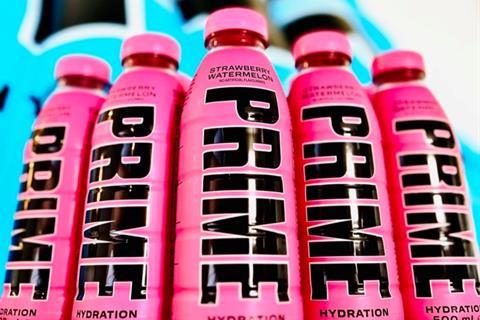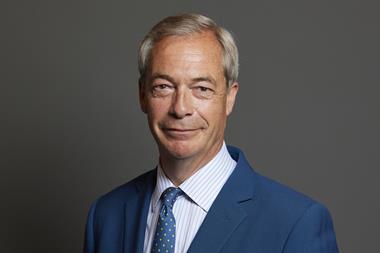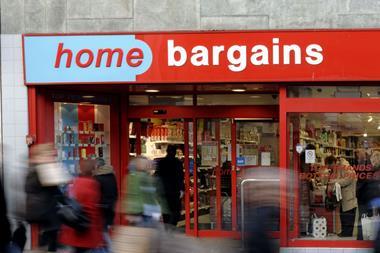
This week, we heard sales of Prime Hydration were in ‘freefall’ as prices were ‘slashed’. It’s fair to say the language is loaded when describing the latest turn of fortunes for the celebrity-led drinks brand.
A lot of commentators on LinkedIn are seemingly enjoying an ‘I told you so’ moment. I’m not in that camp at all.
I remain in awe of the brand built by Logan Paul and KSI and all that they have achieved in such a short space of time. My mind is whirring, because this is exactly why YF exists.
For me, this is a tiny glimpse into how the right innovation could be transformational for our industry. Prime grew from nothing to £150m of annualised sales in less than a year of trading in the UK. It drove the British public into shops they had never visited before, where they spent vast amounts of money on a category they probably hardly ever shopped.
The Prime story is the validation we all needed that the country wants to be inspired and engaged by our products. But as an industry we haven’t quite worked out how to harness value creation from innovation. So do we need more nuance in the way we manage innovation?
There are lessons we can take from the way Prime was launched onto shelves. To me, the approach to buying needs to be very intentional. The first and most important question is: which of the four Fs is the reason you are adding it to your assortment?
Is it ‘fame’: the ability to generate talkability or a newsworthy headline, or to jump on a trend? Or ‘fortune’: could it deliver new long-term value to the category, either by driving shoppers to trade up or bringing in new shoppers? Is it delivering on ‘future’ through long-term strategic objectives such as environmental or health goals? Or could it be ’fun’: a passion project for the buyer to drive some energy into the category or pursue a strong belief they have in the growth areas?
Top marks if the innovation delivers on all four of these, though it’s not often the case, and each one is immensely important and valuable.
Clearly the measures of success, and the period over which we invest in a new product, will depend on which of these Fs we are optimising for. If it’s about fame, it would naturally be seen as a campaign, not a long-term listing. It would be expected to spike and then tail away, like any viral campaign or fad. Perfect for a ‘when it’s gone it’s gone’, perhaps.
On the other end of the spectrum, if we are optimising for future, we would expect a slow build of demand. You can imagine the demand plans, reflecting rate of sale charts over time, would look entirely different for these scenarios.
I suspect the retailers to profit most from Prime will have been those that saw it as a fame play. Those that are left with stock most likely listed it as a fortune play and planned demand and purchasing accordingly.
As an industry, it’s time to have more open conversations about the role of innovation in a category, and be comfortable with the value all four Fs bring in different ways. Returns are deeply eroded if we incorrectly categorise launches.
As for Prime, perhaps it’s too early to speak in past tense. It may have just started with a phenomenal bang, before settling to a commendable market share position for its stage of life.



















No comments yet